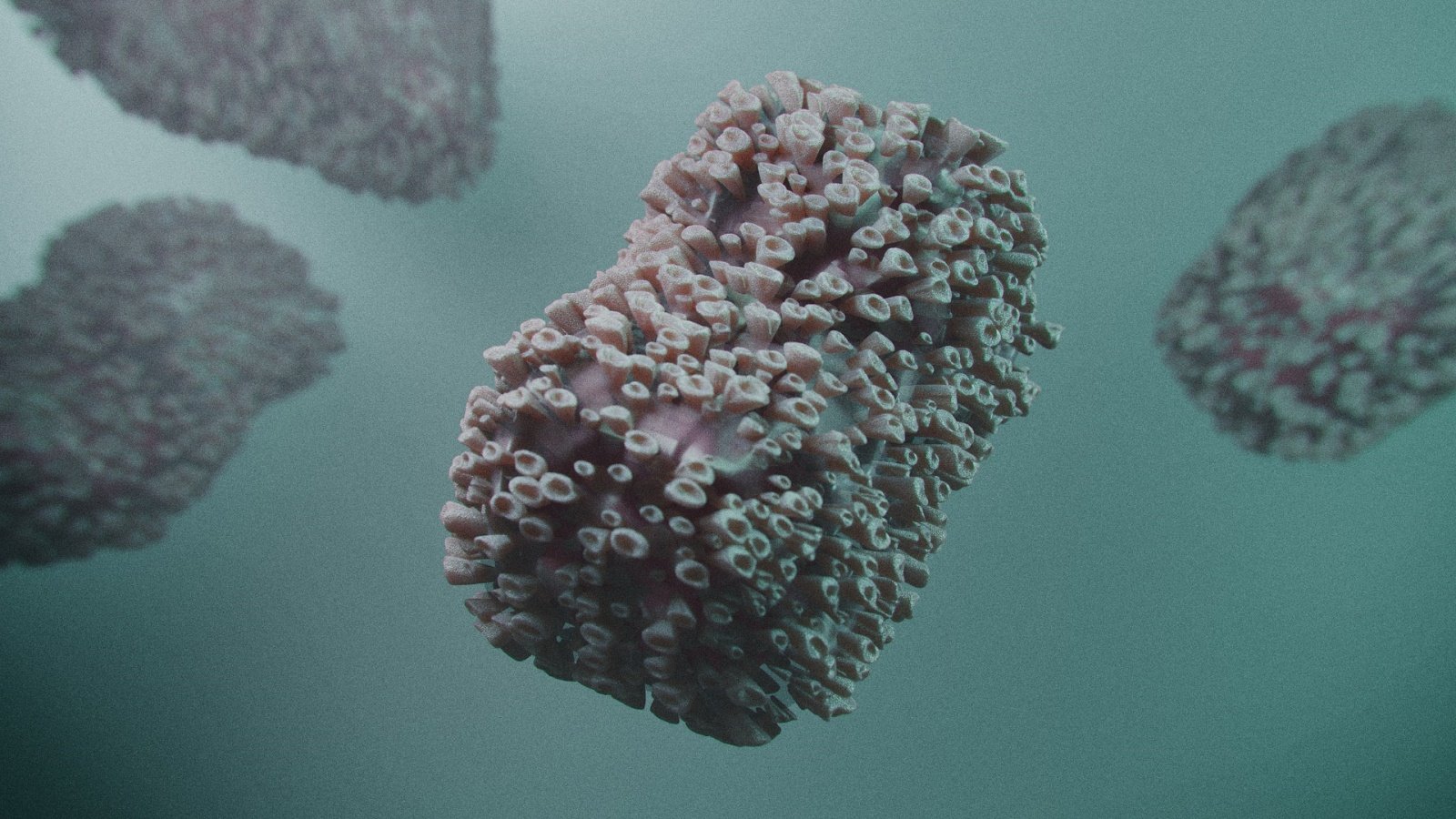Monkey pox is one of the main concerns of many people at the moment, and this is because we are talking about a virus that continues to infect people now, but which is still not transmitted as easily as the Coronavirus, for example.
The authorities in Romania have decided to publish a series of information regarding the symptoms of monkeypox infection, so we can tell if we are infected or not, in order to quickly know how to act, and this in the conditions in which many people do not know these details.
The risk of getting monkeypox in Romania is low, but it is important to know the symptoms. Anyone who has a rash that looks like monkeypox and has been exposed to the virus should talk to their GP.
A monkeypox rash may initially look like pimples, blisters, or bumps and may be accompanied by fever and chills.
What is monkey pox?
Monkeypox is a rare viral infection with accidental human infection that usually occurs mainly in the forested parts of Central and West Africa following contact with the animal reservoir. It can also spread from person to person.
It is caused by the monkeypox virus, which belongs to the orthopoxvirus family.
There are two types of monkeypox virus, West African and Congo Basin (Central Africa). Although the West African type of monkeypox virus sometimes leads to serious illness in some people, the disease is usually self-limiting.
On average, 1% of those infected with the West African type and up to 10% of those infected with the Congo Basin virus died.
What are the symptoms?
Symptoms are often mild, although the lesions may be itchy or painful. These include blistering rashes or lesions on any part of the body – including in the present particular context – around the genitals and anus, fever, sore throat, swollen lymph nodes and lesions in the mouth and eyes.
I read that you can get monkey pox through coughing and sneezing. Is this true?
Human-to-human transmission can occur through large respiratory droplets. Because droplets cannot travel far, prolonged face-to-face contact is required.
How can transmission of the virus be reduced?
The importance of hand hygiene using soap and water or an alcohol-based disinfectant should be emphasized. It is important that a person with suspected monkeypox is isolated and that their caregivers use appropriate personal protective measures.
While a vaccine has been approved to prevent monkeypox, and the traditional smallpox vaccine provides protection, it should be noted that these vaccines are not widely available. Populations worldwide under the age of 40 or 50 no longer benefit from the protection afforded by previous smallpox vaccination programs.
In most cases the disease is mild and most people recover within a few weeks without treatment.








